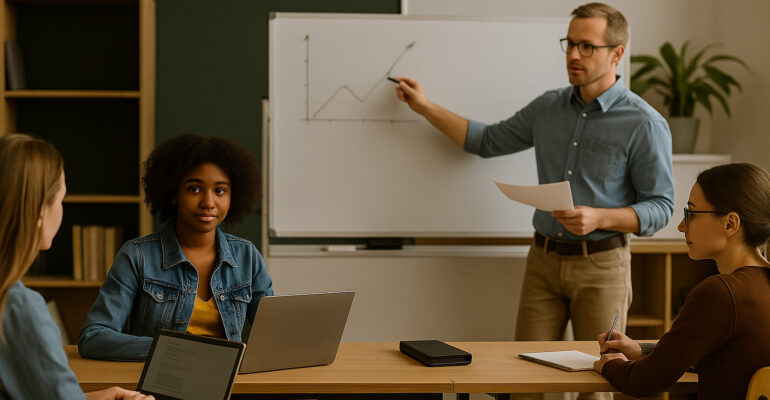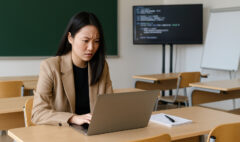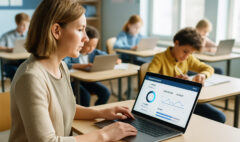Flipped Classrooms: Students Learn at Home, Practice at School
October 31, 2025 2025-10-31 13:39Flipped Classrooms: Students Learn at Home, Practice at School
Flipped Classrooms: Students Learn at Home, Practice at School
The traditional classroom model — where teachers lecture and students’ complete homework later — is undergoing a revolution. The “flipped classroom” approach turns this structure upside down, allowing students to learn lessons at home through videos or online resources and then apply their knowledge in the classroom through discussions, projects, and problem-solving. This model fosters deeper understanding, engagement, and collaboration between students and teachers.
The Concept Behind the Flip
In a flipped classroom, students first encounter new material on their own — typically through short video lectures, readings, or interactive online tools. When they come to class, the focus shifts from passive listening to active participation. Teachers facilitate exercises, group work, and discussions that reinforce concepts. This allows students to learn at their own pace while still benefiting from face-to-face interaction and real-time feedback.
Empowering Students Through Active Learning
Flipped learning transforms students from passive note-takers into active learners. Since students arrive prepared, classroom time becomes a space for experimentation and critical thinking. They can ask more informed questions, engage in debates, and apply theories in hands-on activities. This model also supports personalized learning — teachers can identify where students struggle and offer targeted guidance instead of delivering one-size-fits-all lectures.
Benefits for Teachers and Education Systems
Teachers benefit as well. Instead of spending most of their time lecturing, they can act as facilitators and mentors, providing individual attention and encouragement. Schools that have implemented the flipped model report improved academic performance, increased student motivation, and better classroom dynamics. The method also prepares students for modern, self-directed learning — a skill vital in today’s digital-driven world.
Conclusion
The flipped classroom represents a shift from teaching to learning — where students take ownership of their education and teachers serve as guides. By blending technology with collaboration, this approach builds confidence, curiosity, and critical thinking skills. It’s more than a trend — it’s a step toward a smarter, more interactive future in education.







